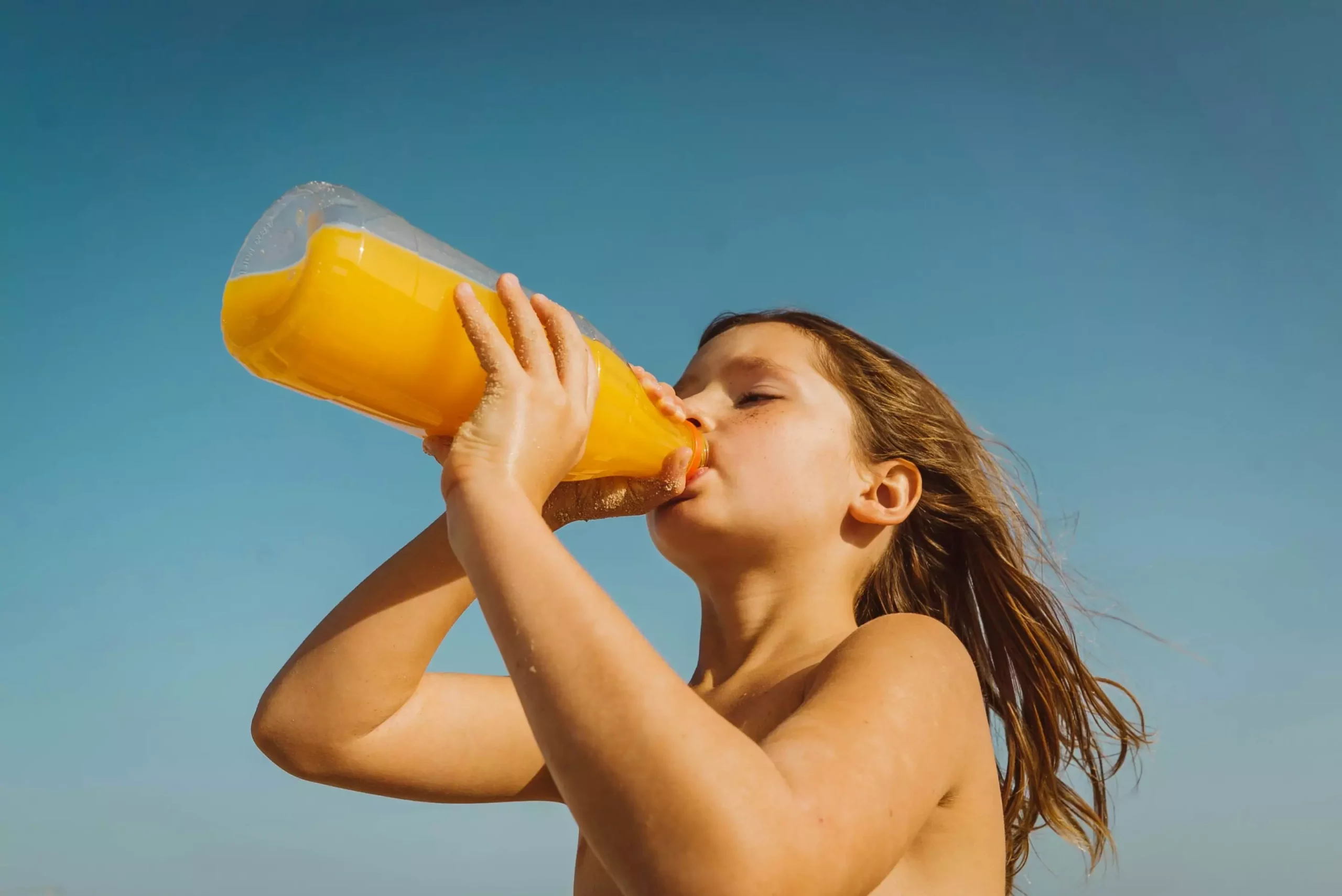When it comes to orange juice packaging, consumer preferences can often overshadow the scientific reality of sustainability. A recent study conducted by food scientists at the University of Massachusetts Amherst revealed that consumers overwhelmingly favor glass containers for orange juice, perceiving them as the most sustainable option. This preference might stem from the long-standing belief in glass as a superior, eco-friendly material. However, the data tells a different story—one that challenges not only consumer perceptions but also the fundamental narrative around sustainable packaging.
Participants in the study ranked their preferred options: glass came in first, followed by cartons, aluminum cans, and finally, plastics. The allure of glass is understandable—its weight and shine evoke a sense of quality and purity, aesthetics that resonate well in the consumer psyche. Nevertheless, the findings reveal significant discrepancies between perception and reality, indicating a pressing need for education on what sustainable packaging truly entails.
Lifecycle Analysis of Packaging Materials
The heart of sustainability lies in lifecycle analysis—the comprehensive assessment of environmental impacts associated with all stages of a product’s life from production to disposal. Here lies the crux of the findings: contrary to popular belief, glass is one of the least sustainable options when evaluated on a full lifecycle basis. The lead study author, Nomzamo Dlamini, emphasizes that the energy consumption required for glass production and recycling is significantly higher than for plastics. It takes substantial energy to produce glass containers, and transporting these heavier items further exacerbates environmental costs.
In contrast, plastic is often perceived as an evil in the sustainability landscape. Yet, the study highlights that plastic containers are lighter and require less energy both in production and recycling processes. These findings could be shocking to many, especially since the reputation of glass as eco-friendly has been ingrained in consumer behavior for decades. Plastics have their issues—pollution, marine waste, and degradation—but their role in packaging sustainability requires a re-evaluation based on science rather than popular sentiment.
The Economic Factor in Sustainability
Interestingly, the research delves into consumer motivation, establishing that while individuals are keen on sustainable practices, their purchasing decisions are dominated by economic factors. The survey revealed that cost was the most substantial motivator in the context of packaging, even more so than sustainability claims. This insight is critical for manufacturers and retailers aiming to market green products effectively.
The ideal orange juice option identified by the study’s participants was intriguingly not the expected “eco-champion” but rather a blend of affordability and sustainability. A container priced at $1.10 per 12 fluid ounces, packaged in glass, and bearing a 100% recyclable label resonated with the consumers surveyed. Therefore, it’s clear that to drive change towards a more sustainable consumption model, brands need to align eco-conscious offerings with competitive pricing and effective labeling.
Beyond Packaging: Tackling Food Waste
While sustainable packaging is undeniably crucial, the study concludes with a compelling argument that shifts the focus away from mere packaging options. It asserts that the single most significant action consumers can take to advance sustainability efforts is to reduce food waste. This revelation prompts further reflections on the broader environmental impact, suggesting that even the ‘best’ packaging choices cannot rival the sustainability benefits of minimizing food loss and waste.
As conscientious consumers, the focus should indeed be less about the packaging and more about the underlying practices that accompany food production and consumption. Meaningful sustainability extends beyond the supermarket aisles; it requires a holistic approach that involves thoughtful buying, consuming, and disposing practices.
The Call for Education and Transparency
These findings should spark a dialogue not only within consumer circles but also among industry stakeholders. There exists an essential need for increased transparency in how packaging materials are portrayed and marketed. Consumers deserve more than aesthetic appeal; they need accurate information to make informed choices that align with their values.
With widespread misconceptions about the sustainability of glass versus plastic, it becomes imperative for the food industry to step up. The responsibility lies not only in making sustainable packaging available but also in empowering consumers through education. Effective labeling and clear communication can demystify the disparities between perception and reality, encouraging behavior change that genuinely contributes to sustainability efforts on a larger scale.
As such, the journey towards a greener planet indeed begins with informed choices—but it expands further into tackling the roots of waste in our food systems, highlighting the multifaceted nature of sustainability.


Leave a Reply